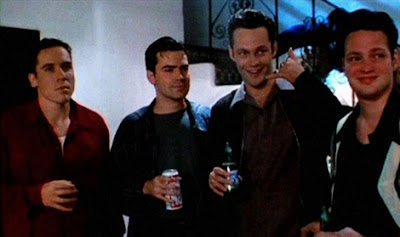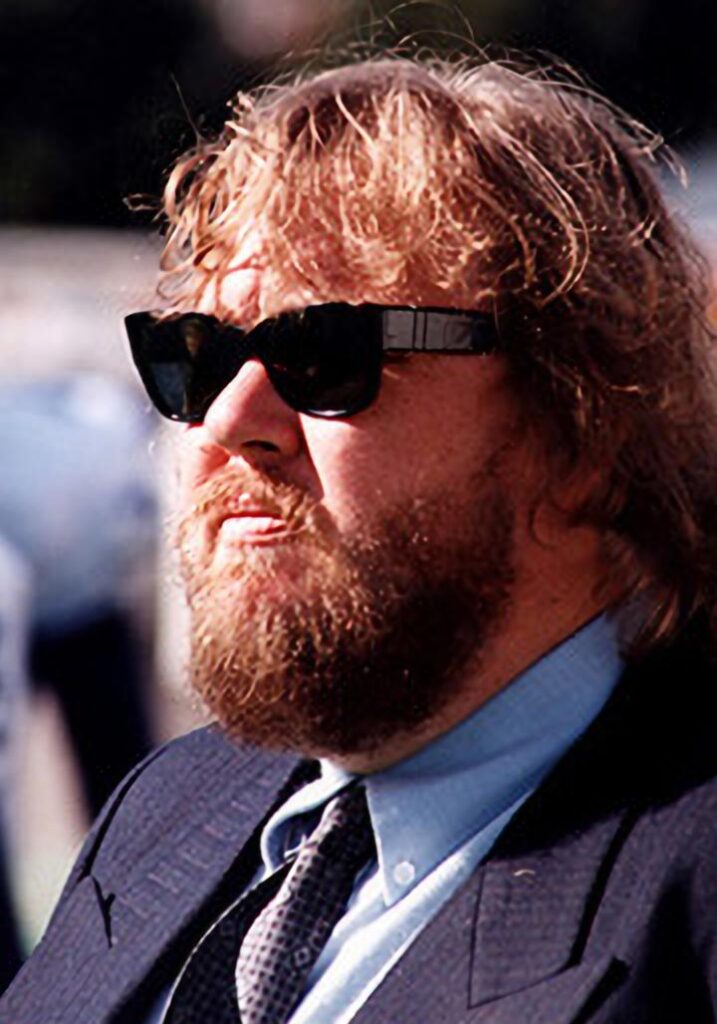
The 1980s heralded a golden age for film comedy, a vibrant era where blockbusters and beloved classics were often populated by an interconnected group of comedic talents. At the heart of this comedic universe, nurtured by institutions like Canada’s “SCTV” and the United States’ “Saturday Night Live,” stood John Candy — an undeniable giant of humor and heart. In a career that, tragically, spanned just under two decades, Candy consistently stole scenes and captured audiences, evolving from early memorable roles in films like “Stripes” and “Splash” to A-list status with hits such as “Planes, Trains & Automobiles” and “Cool Runnings.”
What truly set Candy apart was his unique ability to shine as a vital part of an ensemble, rarely the traditional leading man but always the unforgettable core. He possessed an innate gift for making his co-stars better, and in turn, their collective brilliance elevated his own, solidifying his beloved status across more than a decade of cinematic gems. Working alongside John Candy was, for many, a genuinely life-changing experience, leaving an indelible mark that resonates to this day.
Now, we take an intimate journey through the memories and heartfelt anecdotes of those who knew him best – his co-stars. From long-standing friends to those he briefly touched, their words paint a vivid portrait of John Candy, revealing the depth of his character both as an actor and, more importantly, as a person. Prepare to discover the true essence of a man whose legacy extends far beyond the silver screen.
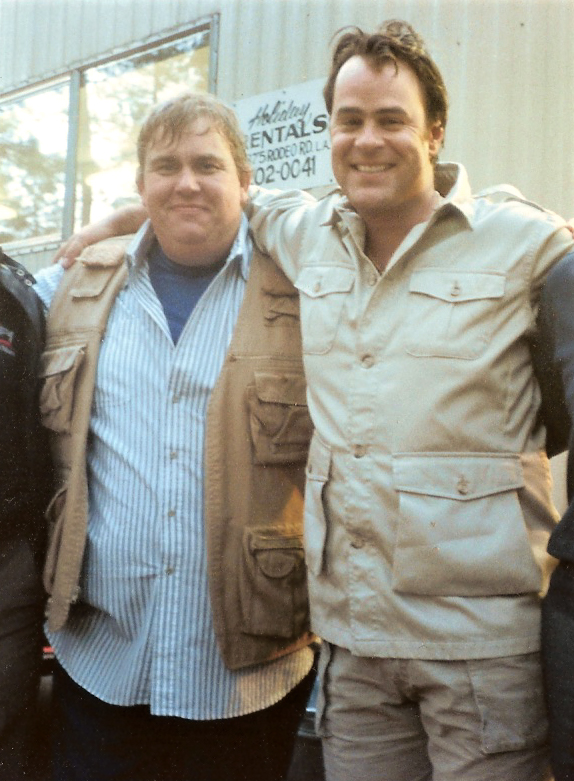
1. **Eugene Levy: A Bond Forged in Comedy and Friendship**: John Candy and Eugene Levy shared a comedic partnership so extensive and enduring that it truly defined an era of television and film. Their tenures on the iconic Canadian sketch comedy show “SCTV” overlapped for three pivotal years, laying the groundwork for a friendship that would span decades and numerous collaborative projects. Their joint filmography is impressive, including titles such as “Double Negative,” “Heavy Metal,” “Going Berserk,” “Splash,” and “Armed and Dangerous,” each showcasing their undeniable chemistry and shared comedic timing.
This extensive history of working side-by-side could only stem from, or inevitably lead to, a profound and lasting friendship. Levy, reflecting on their bond, told the National Post in 2019, “I loved John dearly. We were very, very close friends. I think I worked with John more than anybody else in TV, and on four or five movies.” His words underscore a relationship built on mutual respect and genuine affection, extending far beyond the demands of their professional lives.
Levy’s admiration for Candy was not merely personal but also deeply professional, recognizing the extraordinary talent that was his friend. He elaborated on Candy’s character, stating, “John was a lovely man, first of all, who cared deeply about people. And he was, I think, one of the most gifted comedic actors that honestly has ever been in the business.” This sentiment speaks volumes, not just to Candy’s skill, but to the warmth and humanity that permeated every aspect of his being, both on and off screen.
The impact Candy had on audiences and colleagues alike remains potent, even years after his passing. Levy eloquently captured this enduring presence: “He made such an impact in his movies and people truly loved him. It always seems like John is still around.” It’s a testament to a man whose spirit, humor, and kindness left an impression so profound it feels as though he never truly left us.
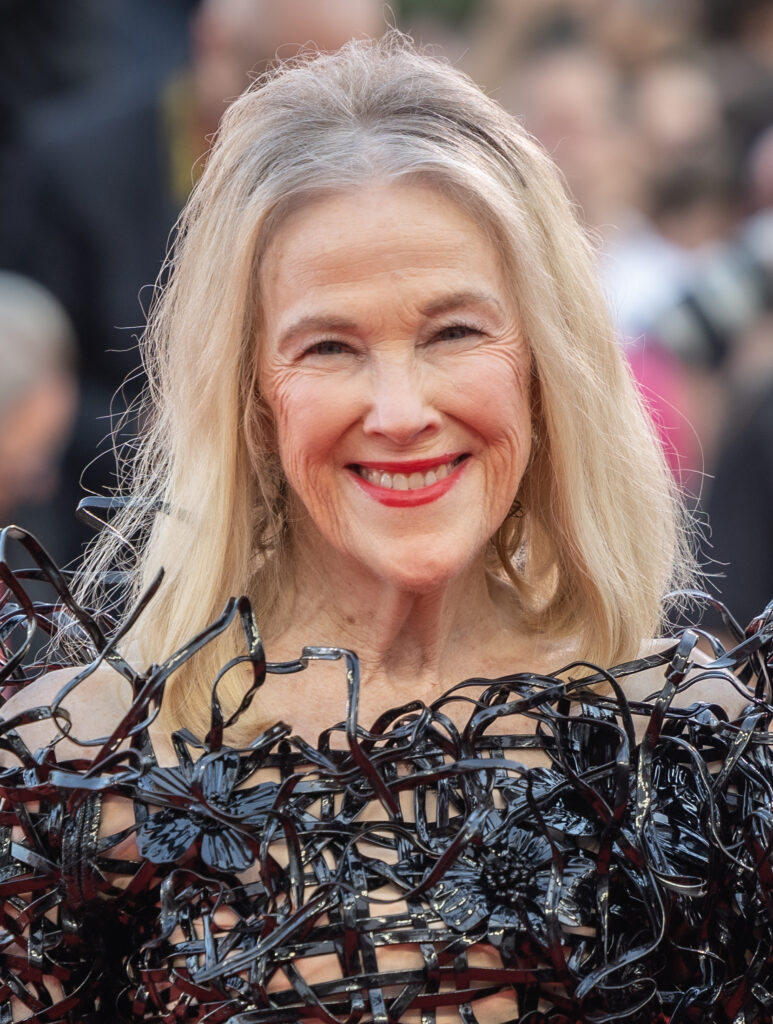
2. **Catherine O’Hara: The Playful Genius Who Embraced Every Idea**: Catherine O’Hara, a comedic force in her own right, also found her beginnings in the fertile grounds of the Second City comedy theatrical group in Toronto during the 1970s, a path she shared with John Candy. Their early days together were marked by a camaraderie and a creative synergy that would later blossom into a fruitful on-screen partnership. O’Hara cherished those formative moments, recalling Candy’s unwavering enthusiasm for collaboration.
“He would always be willing to do an improv with me after the show. And he was always willing to try any idea,” O’Hara shared with People magazine. This willingness to experiment and support his fellow performers speaks volumes about Candy’s generous spirit and his dedication to the craft of comedy. It was this foundation that allowed them to create magic, first in live sketches, then on “SCTV,” and eventually in memorable films.
Their cinematic collaborations included the mockumentary “The Last Polka” and, of course, the beloved Christmas classic “Home Alone.” According to O’Hara, the persona Candy projected on screen was a genuine reflection of the man himself. She told the National Post, he was “just as wonderful and fun and sweet and great as you would imagine he would be. He could also be playful,” painting a picture of a man who radiated joy and kindness.
Candy’s playful nature extended beyond the film set into his everyday interactions, making encounters with fans truly special. O’Hara vividly recounted such moments to People: “You’d be on the street with him, in a mall, and somebody would come up and just want to do a comedy bit with him, and he would always pick up on it right away and give something back and see their eyes light up, like, ‘Oh, I’m doing a bit with John Candy.'” It’s a beautiful illustration of his approachability and his delight in spreading happiness.
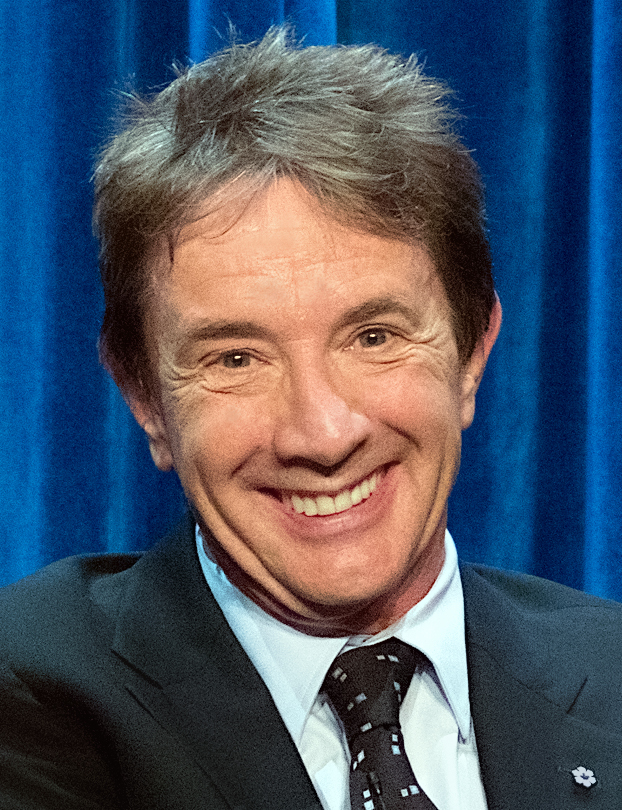
3. **Martin Short: A Brilliant Actor Who Was Exactly What You Saw**: Before conquering Hollywood, John Candy and Martin Short were celebrated Canadian comedy icons, having honed their craft and built a formidable reputation north of the border. Their careers were deeply intertwined, most notably through their countless sketches in the various iterations of “SCTV” that graced screens throughout the late 1970s and early 1980s. Beyond television, they also collaborated on Canadian comedy films such as “Lost and Found,” “Really Weird Tales,” “The Canadian Conspiracy,” and “The Incredible Time Travels of Henry Osgood.”
Short’s reverence for Candy’s talent and character is profound. In a speech delivered to the Hudson Union Society in 2015, Short unequivocally declared, “John was a genius.” He elaborated further, painting a picture of a man whose comedic and personal attributes were inextricably linked: “He was affable, he was funny, he was a brilliant comedian, a brilliant, brilliant actor.” Such high praise from a fellow comedic legend speaks volumes about Candy’s extraordinary abilities.
Candy was famously known for portraying characters who were often warm, gregarious, and wonderfully transparent in their emotions. In Short’s view, this was no mere act, but an authentic extension of who Candy truly was. Short articulated this insight in a clip from the documentary compilation “Tell Me About John,” noting, “People would say to me, ‘tell me about John.’ The thing about John was what you saw on the screen was basically John.” This profound observation highlights the genuine nature of a performer whose on-screen presence was a mirror to his soul.
This authenticity meant that when audiences saw John Candy embodying characters with immense heart and humor, they were, in essence, seeing the man himself. His ability to connect so deeply with people, both through his roles and in person, stemmed from this very truth. It’s a testament to a performer who didn’t just play roles, but truly inhabited them with his inherent kindness and comedic brilliance.
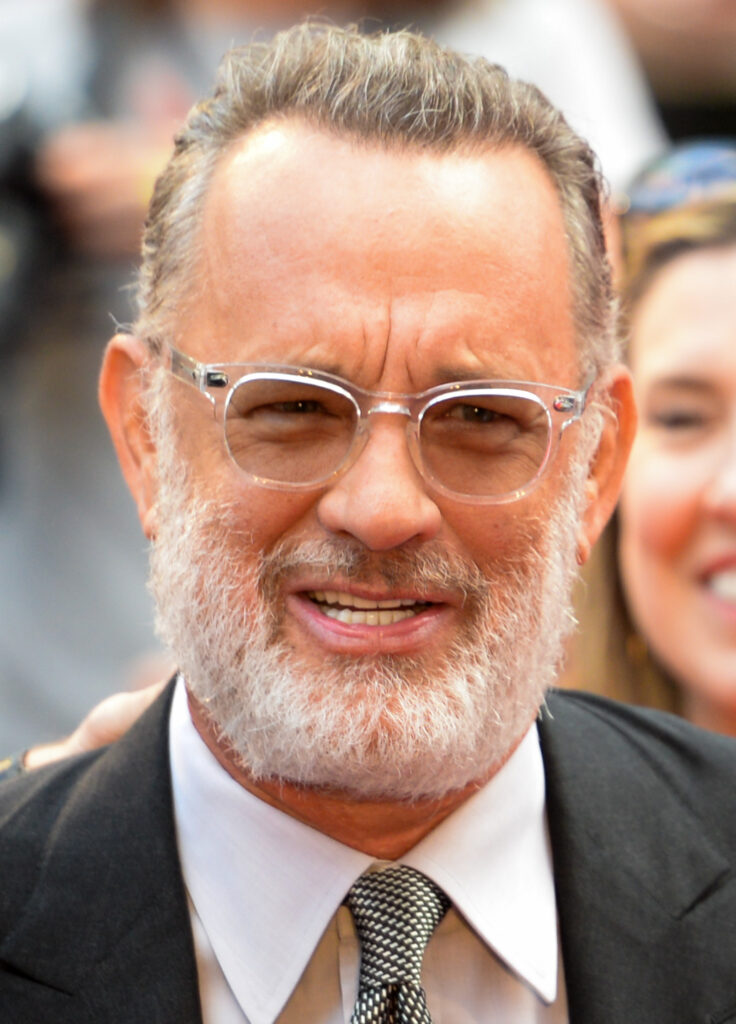
4. **Tom Hanks: From Trepidation to Praising a “Gift to Humankind”**: Before he became the acclaimed dramatic actor known for great biopics, Tom Hanks was a burgeoning comic actor, and his early career intersected memorably with John Candy’s. In 1984 and 1985 alone, Hanks starred in four comedies, two of which – “Splash” and “Volunteers” – featured significant supporting performances from Candy. Candy’s ascendency to stardom had preceded Hanks’ rise, creating a sense of awe for the younger actor.
As filming for “Splash” began, Hanks harbored a natural trepidation about acting opposite such an established titan of humor. He confessed to KATU-TV in 1984 while promoting “Splash,” “That was scary. I was such a big fan of both John and Eugene Levy for their work on Second City that I was a little bit trepidatious about going into this, quite certain that they could blow me off the screen without too much effort.” It was a sentiment born of immense respect for Candy’s comedic power.
However, once the cameras started rolling, Hanks discovered that his biggest challenge wasn’t keeping up with Candy, but rather controlling his own reactions to his co-star’s genius. “When we were doing the scenes my attention gravitated so much that I had trouble not laughing at what he was doing,” Hanks explained. He concluded simply, yet profoundly, “He’s a very funny guy,” highlighting the infectious quality of Candy’s comedic presence that captivated even seasoned performers.
Years after Candy’s untimely passing, Hanks reflected on his co-star’s enduring charm during an appearance on “Inside the Actors Studio.” His words were a powerful tribute: “One of the great gifts to humankind.” Hanks further elaborated on Candy’s profound ability to connect with people, stating, “I don’t think he ever met a person who didn’t feel as though they were lucky to have been able to chat with John for a while. And I must say, the gregariousness that he had was actually born of how big his heart was.” It’s a moving testament to a man whose generosity of spirit matched his comedic talent.
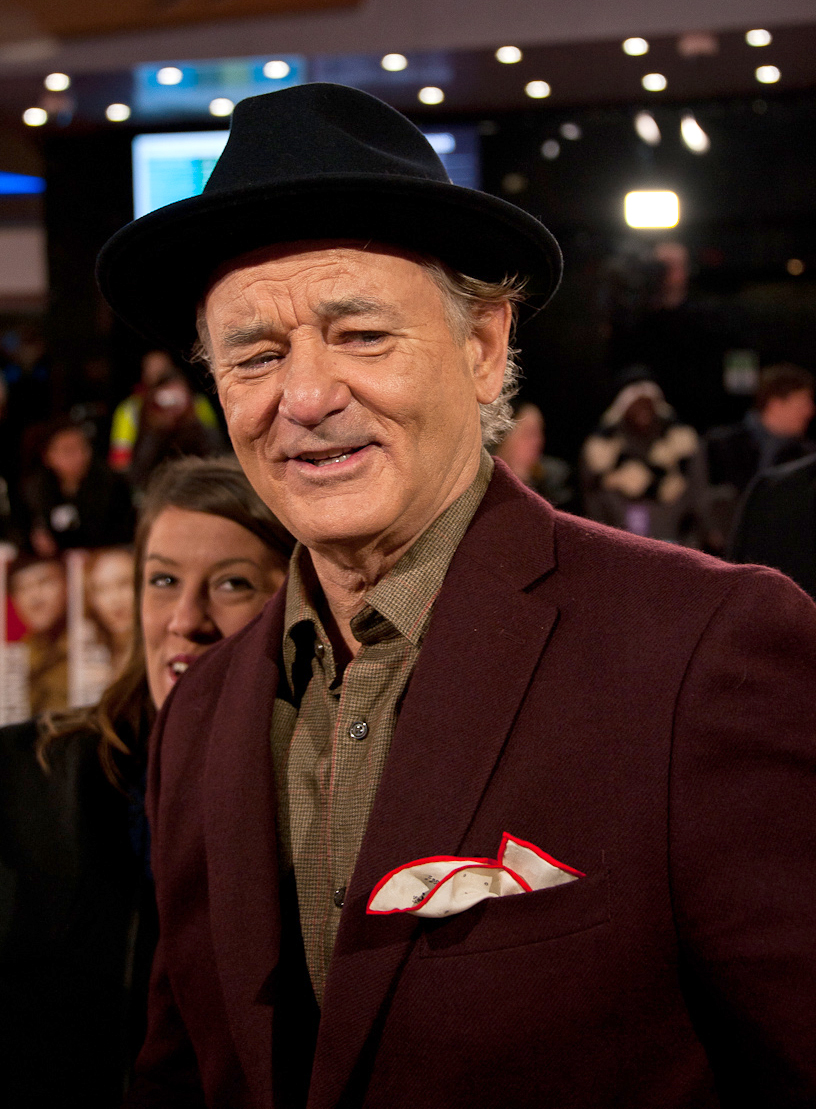
5. **Bill Murray: Honing Skills Together and a “Real Good Guy”**: Bill Murray’s own journey into the world of comedy began in earnest in the 1970s, when he joined the Chicago company of Second City, the renowned live sketch and improvisational comedy troupe. It was an auspicious time, as Murray’s tenure began at the same moment another future comedy luminary, John Candy, was embarking on his professional era. This shared beginning created an immediate, if somewhat unusual, bond between the two talents.
Murray recalled to the Minnesota Spokesman-Recorder in 2016, “John Candy and I started the same week, and the other actors hated us.” While the exact reasons for this initial friction from their peers remained unclear, it inadvertently fostered a unique connection between Candy and Murray. They found themselves relying on each other, improvising nightly on stage, a testament to their budding partnership and resilience.
This early experience of collaborating and supporting each other, under the challenging circumstances of being the “new guys,” was instrumental in honing their improvisational skills and solidifying their bond. It was a crucible that forged their comedic chops and set the stage for future collaborations. Less than a decade later, their paths would intertwine again, this time on the silver screen, after Murray’s success on “Saturday Night Live” and Candy’s on “Second City Television.”
They co-starred in one of their first mutual major motion pictures, the 1981 comedy “Stripes.” Murray’s recollection of working with Candy on that film was concise but heartfelt: “We did ‘Stripes’ together, and he was really great to work with. He was a real good guy.” It’s a simple phrase that encapsulates the genuine warmth and professionalism that John Candy brought to every project, leaving a lasting positive impression on his colleagues.
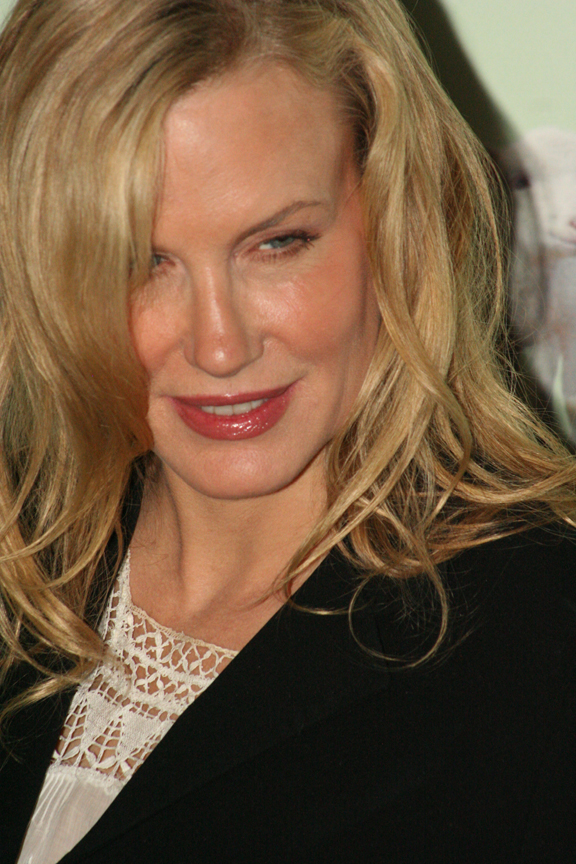
6. **Daryl Hannah: The Heart and Soul of a Hilarious Friendship**: Daryl Hannah’s portrayal of Madison, the enchanting mermaid in the 1984 romantic comedy “Splash,” captivated audiences and redefined how mythical fish-women creatures could appear in American culture. In this beloved film, John Candy took on the role of Allen’s (Tom Hanks) sleazy, yet endearing, brother Freddie. Their on-screen dynamic quickly translated into a deep and immediate friendship behind the scenes, creating a bond that was both personal and creatively vibrant.
During the filming of “Splash,” Hannah and Candy became incredibly close, even developing a unique two-person comedy act that showcased their natural rapport. Hannah absolutely adored him, describing her experience to Empire magazine: “He was just so full of heart and soul, and so hilarious. Tears-coming-out-of-your-eyes, pee-your-pants hilarious.” Her words paint a vivid picture of the sheer joy and uproarious laughter he brought to those around him.
Their impromptu comedy routine was a testament to their bond and Candy’s improvisational genius. Hannah fondly recalled, “I used to sit on his lap all the time and he would talk for me and I’d mime what he was saying like a ventriloquist doll. He’d answer questions for me in interviews.” This delightful anecdote highlights the playful, spontaneous connection they shared, transforming press junkets into another stage for their comedic talents.
Tragically, their friendship and creative partnership were cut short. Hannah and Candy remained in touch over the next decade, often discussing future projects. His untimely death in 1994, however, brought an end to a comedy film they had long been planning to make together. The loss not only represented a personal blow to Hannah but also a missed opportunity for audiences to witness more of their unique comedic chemistry.
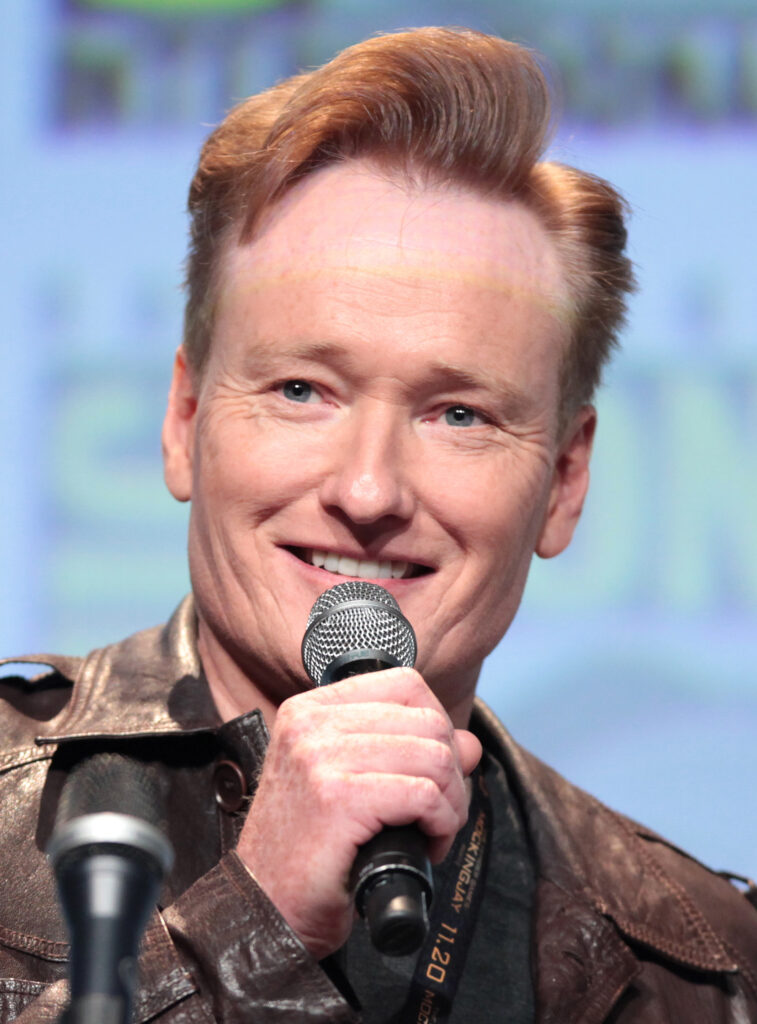
7. **Conan O’Brien: A Pivotal Encounter and a Comedy Life Lesson**: The mainstream performance careers of John Candy and Conan O’Brien had only a brief, bittersweet overlap. Candy tragically passed away while filming the 1994 comedy “Wagons East!” just months after the 1993 debut of “Late Night with Conan O’Brien,” meaning the beloved actor never had the chance to appear on O’Brien’s iconic talk show. However, their paths had crossed years earlier in a moment that proved pivotal for the younger comedian’s professional development.
O’Brien, a Harvard University student in the 1980s, held a position of authority at the college’s storied humor magazine, the “Lampoon.” As a lifelong admirer, he deeply respected Candy’s work, particularly from his time on “SCTV.” “John Candy was one of my comedy heroes. I grew up watching ‘SCTV,'” O’Brien shared on his “Conan O’Brien Needs a Friend” podcast, expressing the profound influence Candy had on his comedic aspirations.
Driven by this admiration, O’Brien ingeniously orchestrated a scheme to bring his hero to the Lampoon building. “I orchestrated basically a scam to get John Candy to come and visit the Lampoon building, and I got to go and get him and chauffeur him around and I got to spend about a day and a half with him,” O’Brien recounted. This elaborate plan led to an unforgettable encounter, allowing O’Brien intimate access to one of his idols.
During their time together, their conversation ventured into surprisingly deep territory. O’Brien recalled a late-night chat where Candy offered a piece of advice that would forever shape his career path: “He asked me what I was thinking of doing and I said, ‘I might like to try comedy.’ He said, ‘Kid, you don’t try comedy, you do it ’cause you have to.’ And I walked away from that thinking, he’s right. If I’m in, I’m all in.” This profound statement from Candy solidified O’Brien’s commitment, transforming a potential interest into an undeniable calling.

8. **Kieran Culkin: Starstruck by Kindness on a Legendary Set**: The holiday classic “Home Alone,” released in 1990, remains a beloved fixture. A key, albeit brief, component of its charm was John Candy’s role as Gus Polinski, the compassionate leader of a polka band. Candy’s character assists Kate McAllister (Catherine O’Hara) in her desperate quest to reunite with her son, Kevin. While Macaulay Culkin famously played Kevin, his real-life brother, Kieran Culkin, then around seven, had a small part as the bed-wetting cousin, Fuller.
Despite the film’s significant scope, John Candy was only on set for a single, incredibly long day, sharing all his scenes with Catherine O’Hara. Yet, within that limited time, Candy’s legendary improvisational genius was fully unleashed. “Most of what he did in ‘Home Alone’ was improvised,” Kieran Culkin later revealed to Esquire. “If you see that it’s a big chunk of movie… all in one like twenty-something-hour-long day that’s mostly improvised. The man was brilliant.”
Even with his packed schedule, Candy left an indelible impression on the young Kieran. “I only met him once… I remember going in the trailer and seeing him and was just starstruck. I don’t remember anything specific, except that he was really nice. That’s all. And I was like, ‘I love this guy.'”
That simple recollection — “he was really nice” — speaks volumes about the authentic warmth Candy exuded. Even in a fleeting encounter during a marathon day of filming, his genuine kindness shone through, making a lasting positive impact on a young boy who would later become a celebrated actor.
As we journey through these heartfelt recollections, a vivid portrait emerges of John Candy – not just as a comedic force, but as a man whose immense talent was matched only by the size of his heart. From the gentle mentorship extended to a young Bill Pullman, the thoughtful connection with the “Cool Runnings” cast, the patient guidance offered to Laurie Metcalf, to the profound, paternal care shown to Macaulay Culkin amidst personal struggles, Candy consistently proved himself to be more than just a co-star. He was a friend, a mentor, and a source of unwavering support. The words of those who knew him best paint a clear picture: John Candy’s legacy is woven deeply with threads of laughter, respect, and an extraordinary, enduring kindness that continues to inspire and resonate. His spirit, as Eugene Levy so aptly put it, truly feels like it is “still around,” living on in the countless lives he touched and the joyous memories he created.



